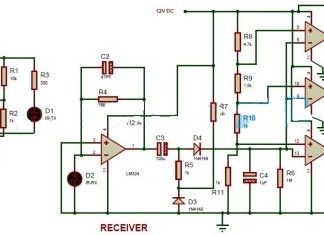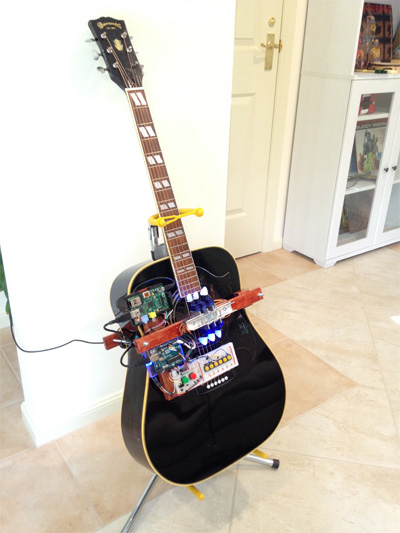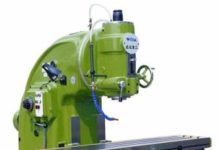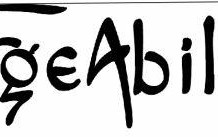PATTERN in Carpentry Shop
A pattern is a model or the replica of the object (to be casted). It is embedded in molding sand and suitable ramming of molding sand around the pattern is made. The pattern is then withdrawn for generating cavity (known as mold) in molding sand. Thus it is a mould forming tool. Pattern can be said as a model or the replica of the object to be cast except for the various allowances a pattern exactly resembles the casting to be made. It may be defined as a model or form around which sand is packed to give rise to a cavity known as mold cavity in which when molten metal is poured, the result is the cast object. When this mould/cavity
is filled with molten metal, molten metal solidifies and produces a casting (product). So the pattern is the replica of the casting.
A pattern prepares a mold cavity for the purpose of making a casting. It may also possess projections known as core prints for producing extra recess in the mould for placement of core to produce hollowness in casting. It may help in establishing seat for placement of core at locating points on the mould in form of extra recess. It establishes the parting line and parting surfaces in the mold. It may help to position a core in case a part of mold cavity is made with cores, before the molding sand is rammed. It should have finished and smooth surfaces for reducing casting defects. Runner, gates and risers used for introducing and feeding molten metal to the mold cavity may sometimes form the parts of the pattern. The first step in casting is pattern making. The pattern is a made of suitable material and is used for making cavity called mould in molding sand or other suitable mould materials. When this mould is filled with molten metal and it is allowed to solidify, it forms a reproduction of the, pattern which is known as casting. There are some objectives of a pattern which are given as under.
OBJECTIVES OF A PATTERN
1 Pattern prepares a mould cavity for the purpose of making a casting.
2 Pattern possesses core prints which produces seats in form of extra recess for core placement in the mould.
3 It establishes the parting line and parting surfaces in the mould.
4 Runner, gates and riser may form a part of the pattern.
5 Properly constructed patterns minimize overall cost of the casting.
6 Pattern may help in establishing locating pins on the mould and therefore on the casting with a purpose to check the casting dimensions.
7 Properly made pattern having finished and smooth surface reduce casting defects.
Patterns are generally made in pattern making shop. Proper construction of pattern and its material may reduce overall cost of the castings. Copied from Introduction to Basic Manufacturing Processes and Workshop Technology by Rajender Singh.
















